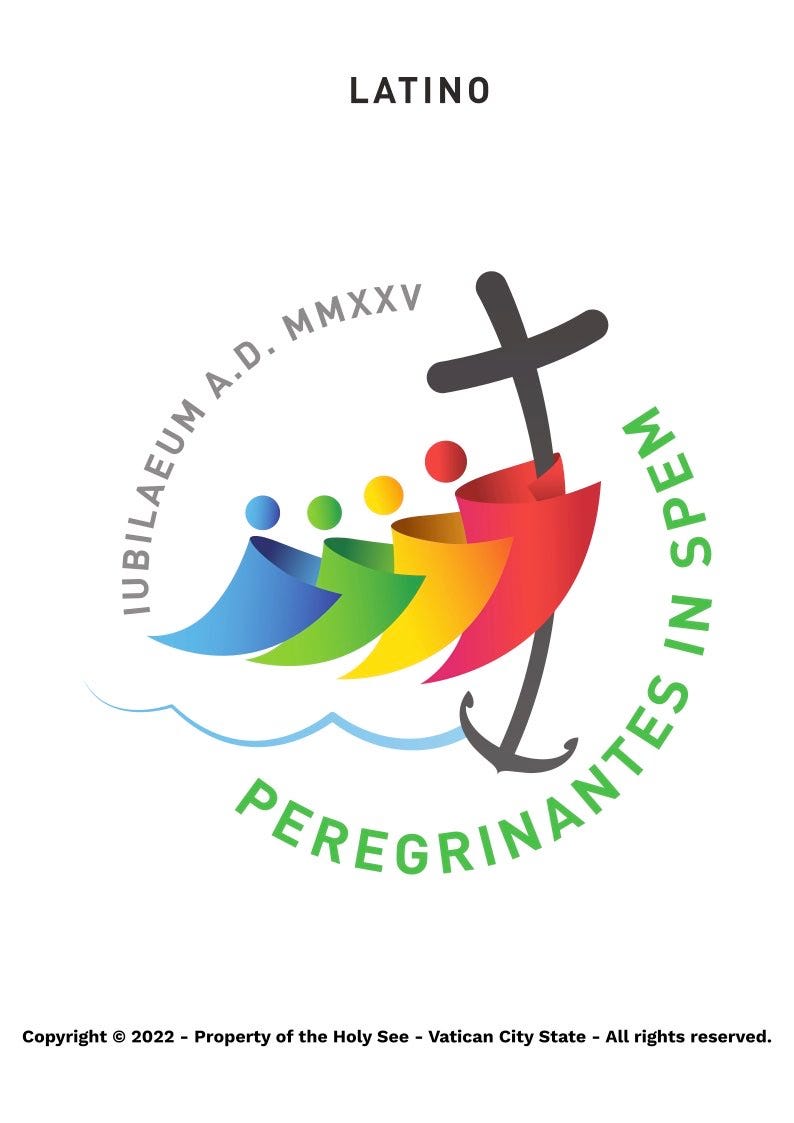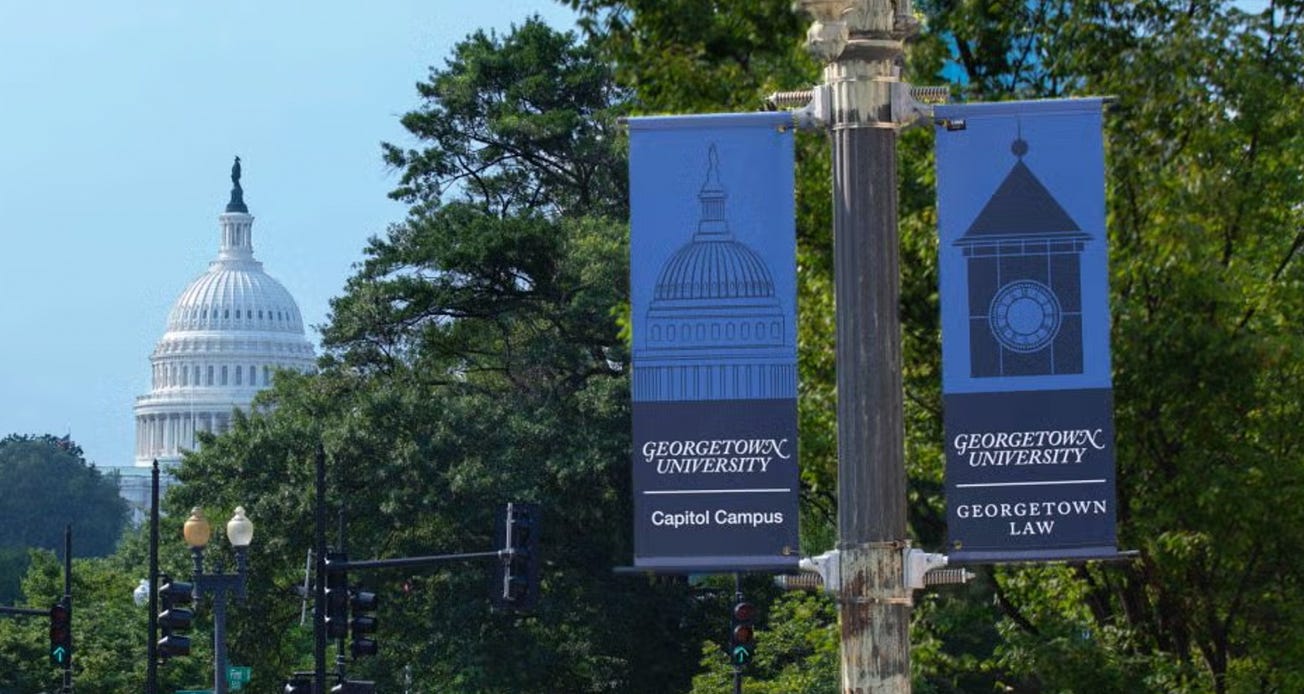Happy Friday friends,
I hope you are all making suitable arrangements for the long weekend.
The Fourth of July has always held a special place in my heart. Spending more than half of my life in the UK, it was always a day I took a certain grim satisfaction celebrating “in exile,” so to speak.
When I worked in Parliament, I would treat myself to a box of PG Tips and spend a few minutes standing on the terrace of the Palace of Westminster, throwing tea bags into the Thames and enjoining passing MPs and colleagues not to tread on me.
The first year I did that, it occasioned some concerned looks, and a policeman asked me if I was “quite alright.” But they got used to it. The last MP I worked for came to look forward to it. He would give me extra tea as a present on the day, and wish me “a very lot of independence, after hours.”
Celebrating the 4th back in the States as an adult hasn’t quite lived up to the sepia-tinted memories of my childhood. I don’t suppose anything can really live up to the impression of a massive fireworks display over Lake Michigan on a seven year old. But that doesn’t mean I’m not grateful.
For all of the raucous dysfunction of our political and social worlds right now, I remain acutely aware that I, and likely everyone reading this newsletter, basically won the lottery of existence being born when and where I was. This was brought home to me especially with the news this week of more than 50 people dying in a tractor-trailer left in the Texas summer heat.
Like everyone, I can feel horror at such a human tragedy. While I can try to empathize with those poor people, and the circumstances which drove them to gamble their lives trying to come to this country, the reality is I cannot truly understand, because I have simply never experienced that kind of desperation.
I need to think more of the burden of charity to my neighbor - or justice, for that matter - that places on me.
Anyway, over to the news.
—
This week, Michelle La Rosa published a long investigation into Solidarity HealthShare, a major Catholic health insurance alternative. Members help pay each other’s medical expenses through a centralized administration.
Some members said they have been unable to return to their health care providers because of large outstanding bills, and at least one received a court summons over a balance Solidarity has not addressed.
Meanwhile, former employees told us the organization was significantly understaffed, and that there have been widespread problems with paying members’ bills for several years. And members have raised questions about Solidarity’s compliance with state and federal regulations.
Here’s a sense of just one of the stories Michelle reported:
When Michael and Jacqueline first signed up for Solidarity HealthShare a few years ago, they were excited. Both converts to Catholicism, they said they “loved the idea of being able to support other Christians in their medical needs.”
For the first two years or so, things went great. They had a good experience with Solidarity, which they recommended enthusiastically to friends. Then in early 2020, Jacqueline became pregnant with their second child and she began to hear friends complain about difficulties in getting expenses reimbursed, and she began to grow nervous.
Their baby was born in November 2020. It was an uncomplicated labor and delivery.
Michael said he called Solidarity from the hospital the day after the baby was born, to add their newborn son to their account. When the couple began to receive bills, they submitted them to Solidarity for payment, just as they had been instructed to do.
Then they waited. And waited.
They sent emails. They resubmitted bills. They spent hours on the phone with Solidarity representatives.
But still the bills didn’t get paid.
Their son is now more than 18 months old. And Michael and Jacqueline still have close to $10,000 in unpaid bills from the pregnancy, and his delivery. In the meantime, they say, their bills have gone to collections and Jacqueline’s near-perfect credit score has plummeted - by almost 150 points overnight.
“We’re kind of stuck,” Jacqueline said.
That’s just part of one story. There are more. A lot more.
For its part, Solidarity told The Pillar that the organization “is confident that the steps it has implemented over the past few years are helping its members live out their values as they share their medical expenses with each other.”
Read the whole thing here. This is some real journalism.
—
—
Pope Francis issued an apostolic letter on the liturgy this week, Desiderio desideravi, in which he addressed “the liturgical formation of the People of God.”
The pope issued the letter Wednesday, the Feast of Sts. Peter and Paul, one of the biggest days in the Vatican’s liturgical calendar. It’s at this Mass that the pope blesses the pallium to be given to new metropolitan archbishops — that woolen horse collar thing you see them wearing at Mass — which is an ancient symbol of their communion with the Bishop of Rome.
It’s worth noting this letter isn’t “law” — the pope is offering instead his personal “reflections” on “the contemplation of the beauty and truth of Christian celebration.” I think this is important.
What I took away from the letter most was a sense of how deeply Francis cares about the liturgy. His obvious love for it as an act of worship and love directed to God comes across clearly, as does his passion for faithful celebration of it.
But, reading the pope’s repeated concerns about rigidity, formalism, and the alleged resistance to Vatican II by those who love the Extraordinary Form of the Mass, I was at times left wondering if he’s exactly aware of how the liturgical reforms are lived in many places.
Whether it’s giant bubbles in the sanctuary and Kool and the Gang in Chicago, a big pile of dirt for an altar in Germany, or evangelical mega-church style liturgies in Brazil, there are many kinds of liturgy in the Church which would appear to merit the pope’s words on Wednesday:
“Let us be clear here: every aspect of the celebration must be carefully tended to (space, time, gestures, words, objects, vestments, song, music…) and every rubric must be observed.
Such attention would be enough to prevent robbing from the assembly what is owed to it; namely, the paschal mystery celebrated according to the ritual that the Church sets down.”
Yet for all this and other direct statements Francis has made about “exasperating” liberties being taken with the liturgy, they have yet to receive the kind of authoritative intervention meted out against the Extraordinary Form.
There is no doubting the love Francis expresses for the liturgy in his letter, or the sincerity of his vision of it as a living expression of communion of the Church toward God. But many Catholics will read this letter and ask what Rome and their local bishops are doing to guard it.
Read all about the letter here.
—
Sticking with what happened in the Vatican on Wednesday, House Speaker Nancy Pelosi made headlines by attending Mass and receiving Communion, despite the prohibition of her home bishop in San Francisco, Archbishop Salvatore Cordileone.
Pelosi met with the pope prior to Mass, and sat in the VIP section, so she certainly wasn’t there as just a face in the crowd.
The bottom line for me is this: there’s quite the history of problematic, bloodthirsty even, politicians showing up for papal Masses and receiving Communion. Controversial as it may be, under the last three popes at least, it just isn’t the Vatican’s policy to deny them.
As for Pope Francis using it as a chance to shade Cordileone, I think this is little more than a progressive fever dream, and exactly the kind of politicization of the Eucharist many of the archbishop’s critics pretend to denounce.
It was Francis who last year described pro-abortion politicians as excommunicated: “Out of the community: excommunicated.”
“Those who are not in the community, cannot receive Communion,” Francis said.
Now, I’m sympathetic to the argument that the pope could show a little more support for bishops like Cordileone who take the pope at his word — and who demonstrably make every pastoral effort to engage with politicians like Pelosi — but declining to make the second most visible American politician’s relationship with the Church a Vatican problem isn’t the same thing as taking a coded shot at him.
You can read the whole analysis here.
—
—
The fallout from last Friday’s Supreme Court decision is still settling. With the fight to end legal abortion back in play at the state level, the national map has been redrawn, with abortion now banned in some places altogether, limited in others, and totally protected in others.
This week, our contributing editor and stat supremo Brendan Hodge took a look at the national picture and asked what the Dobbs decision is likely to mean for the number of abortions in American annually.
When it comes to abortion, not all states are equal in their impact. Looking at the fifty states plus the District of Columbia, fifteen have bans that come into effect now that Roe is no longer operative. (Wisconsin, a sixteenth, has a pre-Roe ban on the books but its Democratic governor and Attorney General have announced they will not enforce the law, making its status uncertain.)
However, of these fifteen states, only two had more than 10,000 abortions in 2020: Texas and Tennessee. These fifteen states in which abortion will be effectively prohibited accounted for only 12% of abortions performed in 2020.
In 2020, 56% of all US abortions occurred in states which provide full legal protection for abortion post-Roe.
Brendan suggests that the data paints a picture in which the national abortion rate could be reduced by 10-12% in the wake of Dobbs, which is a result, but leaves a lot of work left to do in states with large pro-abortion majorities. He looks at some polling there, too.
The whole thing is fascinating. Read it here.
—
The Church in Germany continues to be a crucial weathervane in global Catholic life. Their synodal way, the subject of much criticism, including from the Vatican, will almost certainly represent one pole of the discussion at the upcoming Synod on Synodality.
But, while the Germans often look like they are having it all their own way, carrying on with their plans heedless of what anyone says, it’s not exactly so. As our newly minted senior correspondent Luke Coppen reports this week, barely halfway through 2022 it’s already proving to be something of an annus horribilis for Bishop Georg Bätzing, the head of the German bishops’ conference:
Criticized by overseas bishops, teased by the pope, and facing scrutiny over decisions in his own Diocese of Limburg, Bätzing was already wrestling with challenges on many fronts, Luke notes, before he had to present figures this week which showed a record number of Germans formally left the Church in 2021.
“There is nothing to sugarcoat,” the bishop said, calling the numbers “a profound crisis.”
—
The dicastery formerly known as the Sacred Congregation for the Doctrine of the Faith circulated its updated handbook for handling allegations and canonical prosecutions of clerical sex abuse this week.
Most of the changes were a tidying up exercise — Pope Francis issued a new version of Book VI of the Code of Canon Law (on penal law) last year, so most of the reference numbers in the handbook needed to be updated.
This is especially true of the first stages of handling an accusation, with dioceses prone to making definitive-sounding statements about allegations being “credible” and “substantiated” long before the full facts of the case are known, or before the accused priest is allowed to mount any kind of defense.
It’s not just bad for the priests, whose reputations often take such a public beating they can’t return to normal ministry if they are subsequently exonerated; it’s bad for victim-survivors, too, as it inflates expectations at the beginning of the process and can lead to a lot of frustration later on.
—
—
Can’t we have nice things?
A very minor news item to end this week: the Vatican announced on Tuesday that it had picked a logo for the 2025 Jubilee Year.
Archbishop Rino Fisichella, pro-prefect of the Dicastery for Evangelization, said the winning design was picked from a global competition of some 300 entries from almost 50 countries. Many of which were, he said, “hand-made drawings by children” and, I’m betting, superior to the actual winning entry.
The logo is of a piece with the images chosen for practically every big Vatican event in recent years, be it papal pilgrimages, meetings of the synod of bishops, or anything else.
Is it so much to ask that not every major milestone in the Church be branded with something that looks like the signage above a daycare center?
These are solemn, often historic occasions. In the case of the Jubilee Year, it will mark for many Catholics a once-in-a-lifetime trip to Rome, a potentially life changing event. They will walk around the Vatican and admire some of the world’s greatest artistic treasures, commissioned to point the beholder towards the majesty of the Divine. Is it really unreasonable to think the Vatican could do better for design cues than Casper the Friendly Ghost?
Jubilees are great feasts of joy and mercy, windows in time the Church opens for us to mark her progress through history and give thanks to God. That isn’t something trite, or banal, or childish, and it shouldn’t be branded that way.
The whole premise of visual design, be it sacred art or corporate branding, is that images leave a deep impression on us, they help form our perspective.
The 2025 Jubilee Year demands something that uplifts, inspires, impels pilgrims on their way. If we’re going to have a logo, shouldn’t it look like it’s pointing towards something a little more august than a ‘70s summer camp?
See you next week,
Ed. Condon
Editor
The Pillar








